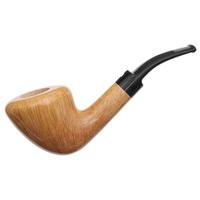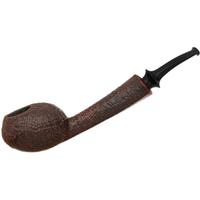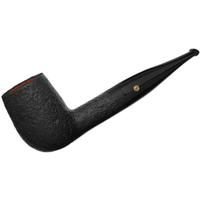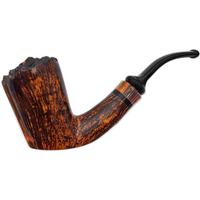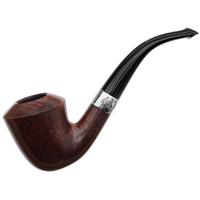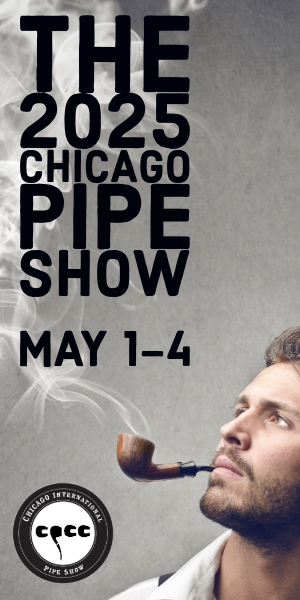Patent eras vary for each maker, as do the various legal means by which exclusivity of use could be granted. There are patents, design registrations, copyrights, etc.
Patents are not limited to 20 years. They can be renewed to extend the period of coverage . Nor does a patent require something to be a totally new and unique concept.
It may cover an improved method, or a specific method of doing something that's already being done. Dunhill did not invent sandblasting, nor did they hold a patent on sandblasting though they may have been the first to use sandblasting as a decorative effect on briar pipes. The patent for sandblasting dates back to 1870. Dunhill would have patented their process, or some aspect of their process, of baking their briar as part of the sandblasting process.
Sasieni would come up with their own variation of baking their briar and patented that.
Barling has various patents and design registrations for filters and stem designs.
These various patents and design registrations would have been stamped onto the pipes, which is where we get the expression "patent era" as applied to smoking pipes.



